carte
 Scusami, non ho ancora tradotto tutte le pagine del mio blog nella tua lingua madre. Lo sto facendo gradualmente. Lasciami un commento qui sotto per rendere questa pagina prioritaria!
Scusami, non ho ancora tradotto tutte le pagine del mio blog nella tua lingua madre. Lo sto facendo gradualmente. Lasciami un commento qui sotto per rendere questa pagina prioritaria!  Scusami, non ho ancora tradotto tutte le pagine del mio blog nella tua lingua madre. Lo sto facendo gradualmente. Lasciami un commento qui sotto per rendere questa pagina prioritaria!
Scusami, non ho ancora tradotto tutte le pagine del mio blog nella tua lingua madre. Lo sto facendo gradualmente. Lasciami un commento qui sotto per rendere questa pagina prioritaria! | Nome : | Tarot de Marseille |
| Autore : | Paul Marteau |
| Editore : | Fournier |
| Tradizione : | Tarot de Marseille type II |
| Imballaggio : | Soft cardboard box / 11.5 x 6.3 x 3.4 cm |
| Gioco : | 78 carte / plasticized, satin cards / 11 cm x 6 cm |
| Dimensione : | normal |
| Manuale : | Leaflet of 87 pages in B&W |
| Fronte/Retro : | Sì, il dorso delle carte è reversibile |
| Inversione 8/11 : | No |
| Universo : | Medievale / Rinascimento , Contemporaneo |
| Utilizzo : | Predizione , Sviluppo personale |

The 78 cards and the small guide are delivered in a soft cardboard box. The practitioners of the Anglo-Saxon tarot cards, accustomed to the solid boxes, may be surprised to have in their hands a tarot deck in such a thin package, to the point of seeing it as a rather cheap product. It is necessary to know that the tarot cards of Marseilles are generally delivered with mini-booklets summarizing the divinatory use of the deck. Indeed, in France, it is considered that one learns the Tarot de Marseille by reading books, attending courses or training sessions. In addition, the Tarot de Marseille is standardized, so all versions are almost identical except for a few details, so publishers do not need to provide additional information through a manual. Of course, the original and unique RWS tarot cards come with a guide explaining the particularities of the deck.
The cards of the game have a standard size of about 12x6 cm. The shuffling of the cards is therefore easy for people with small hands. The cards are printed on a sufficiently thick laminated cardboard, the printing quality is correct.
Fournier (preciously Heraclio Fournier Victoria) is a cardmaker established in Spain, producing several esoteric tarot cards. Among its publications is a Tarot de Marseille (the subject of this review). This tarot was created in 1983 (date of the first edition) and is the result of the collaboration of Maritxu De Guler (Spanish tarologist) and A. Aymerich (illustrating artist). Since then, the publisher regularly reprints his tarot, so it is easily available.
The booklet is translated into several languages. While the English text is very accessible and understandable, the French text is really badly translated and not easy to understand. The work is sloppy, I imagine the same is true for the other German and Portuguese translations. I don't wonder about the Spanish translation since the editor is based in Spain !
A "Celtic Cross Drawing" is explained in the booklet. This cross print is rather unusual with 11 cards and offers a surprising method. It consists in removing the cards as they are read and putting them on line. The text and the way of proceeding are rather esoteric.
Then several pages are dedicated to the interpretation of the deck, thanks to a list of keywords for each card. The reading grid used is that of the Rider-Waite-Smith (although it is a Tarot de Marseille !). This is particularly obvious for the meanings of the cards of the Minor Arcana.
This tarot is based on "L'Ancien (Old) Tarot de Marseille" by Paul Marteau, which itself is based on the tarot of Nicolas Conver. Paul Marteau did not fully respect the Conver's form. Below are listed the minor modifications :
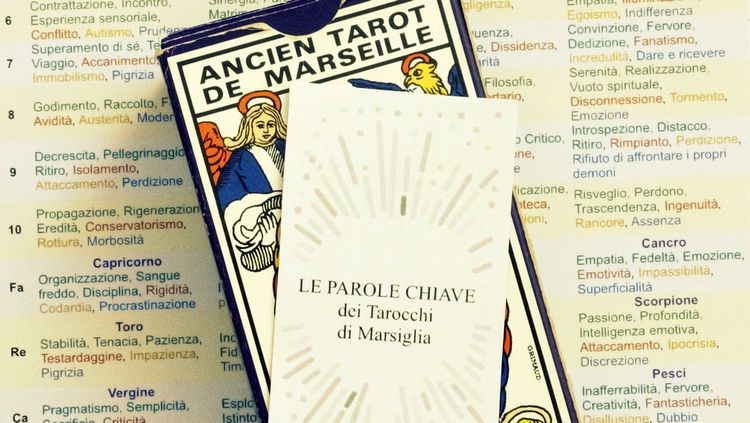
Parole chiave per le 78 carte dei Tarocchi di Marsiglia, da inserire nel vostro mazzo preferito. Il vostro dépliant sempre con voi, a portata di mano, per guidarvi nei vostri tiri. Grazie ad esso, le vostre interpretazioni guadagnano in ricchezza e finezza.
What motivated the purchase of this tarot is the contemporary aspect of the images. I was looking for a Tarot de Marseille, faithful in its structure and details, but modern in appearance. The colors are literally copied from "L'Ancien (Old) Tarot de Marseille" by Paul Marteau of 1930 (Chez Grimaud). We find strong symbols such as the two horses of LE CHARIOT in red and blue, the red and blue amphoras of TEMPERANCE, the blue hair of L'ETOILE, etc. Maritxu De Guler may be a tarot specialist (see card 2 of Cups) but she is not really a visionary and lacked originality in her approach. She took the drawings of a Conver and applied the colors of a Marteau while copying the interpretations of the Rider-Waite-Smith. In other words, it is rather the illustrator who did the most creative work.
It must be admitted that Aymerich's illustrations are rather successful. As much as it is difficult to contemplate Marteau's cards, colored with bright and very contrasting colors. As much as Fournier's tarot presents images with nuanced colors that are much more pleasant to look at and what's more, totally respecting Paul Marteau's vision. It is undoubtedly a beautiful work of harmonization of the choices yet so clear-cut and so esoteric of Marteau at the level of colors.
As mentioned above, the real creative work in this tarot was led by A. Aymerich to make Paul Marteau's colors digestible. I invite you to read my review of "L'Ancien (Old) Tarot de Marseille" by Grimaud to discover what I appreciate in these very special colors.
As for Conver's designs, taken up by this tarot, I invite you to read my review of Heron's Tarot, which is a facsimile of Conver's Tarot.

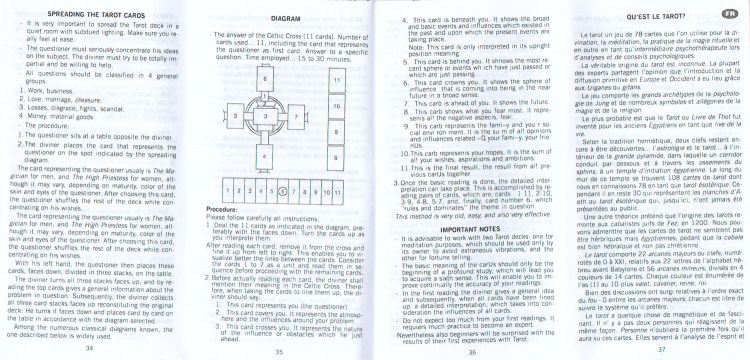
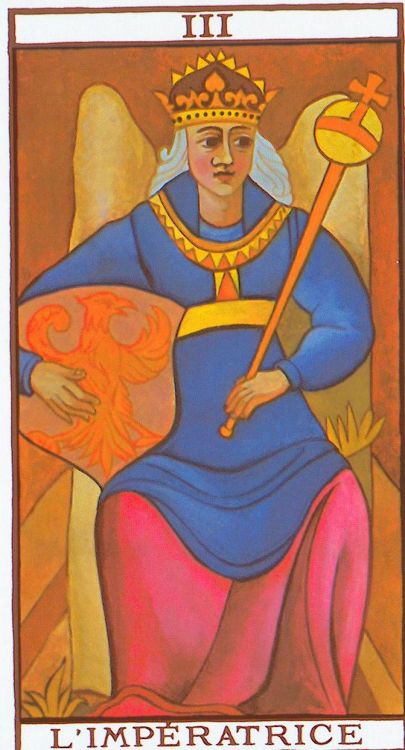
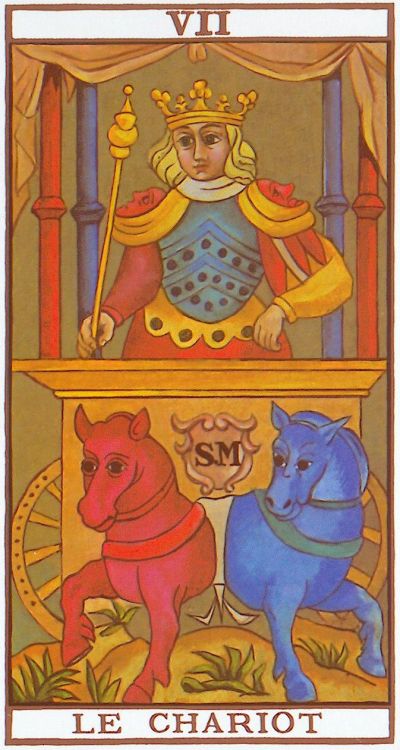
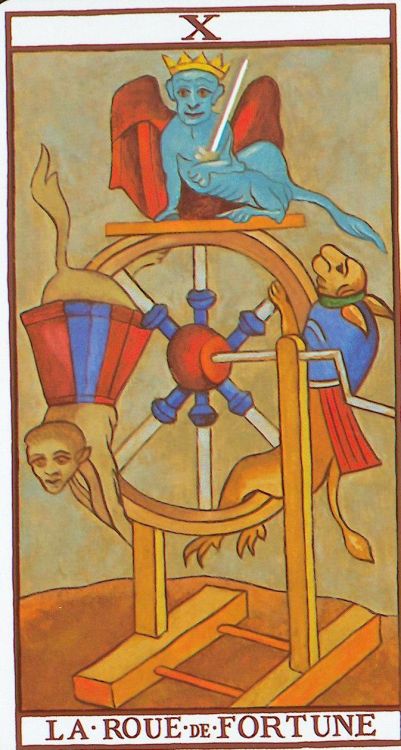
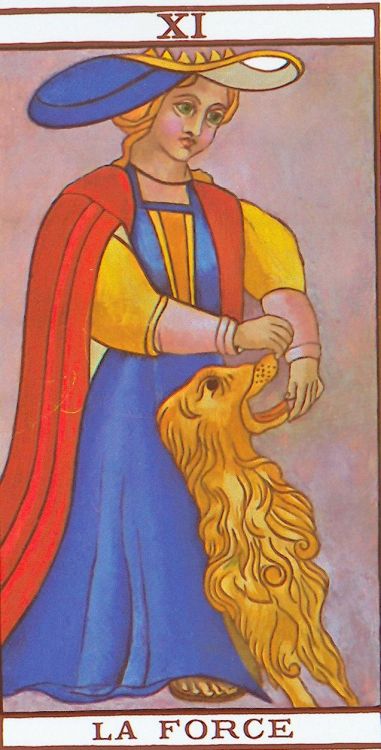
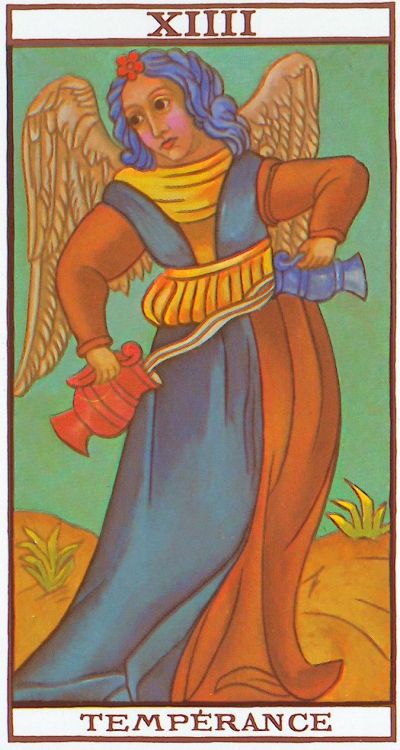
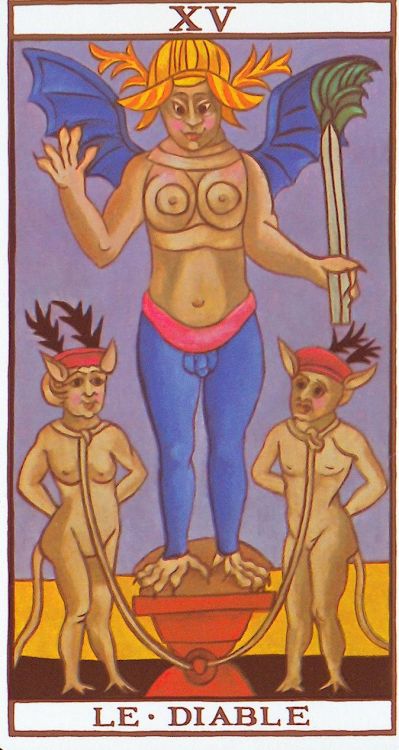
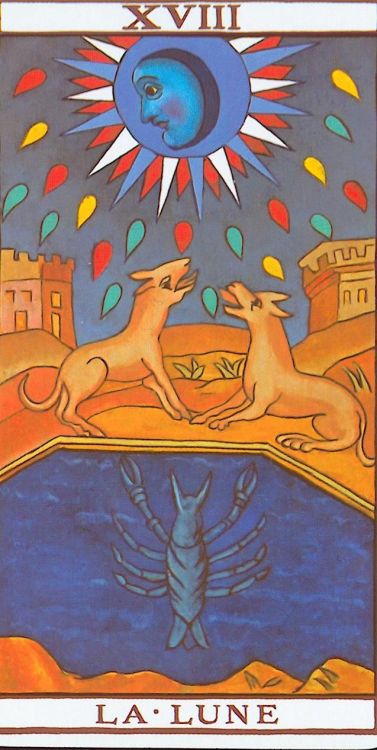
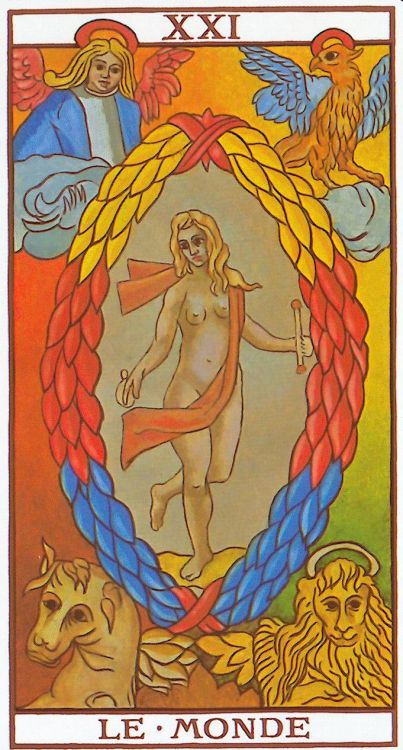
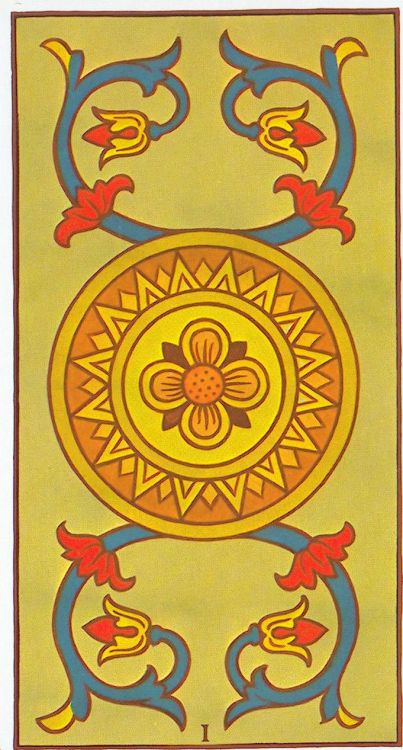
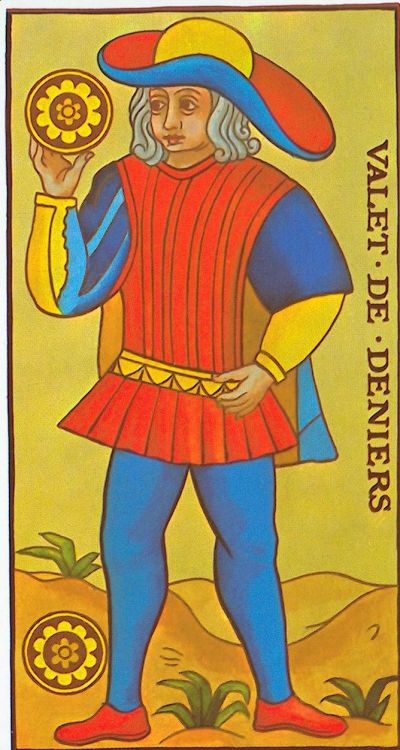
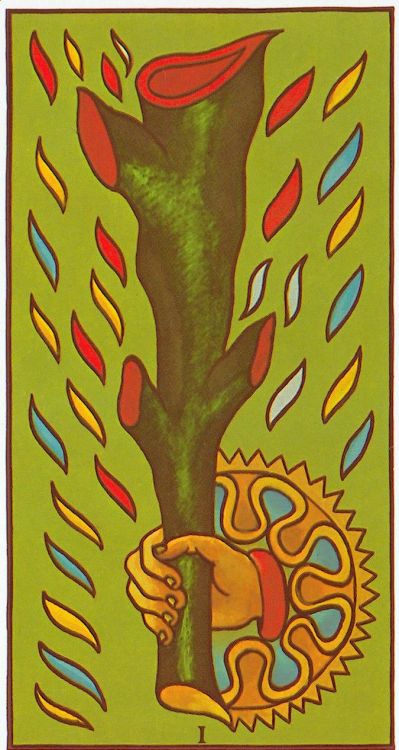
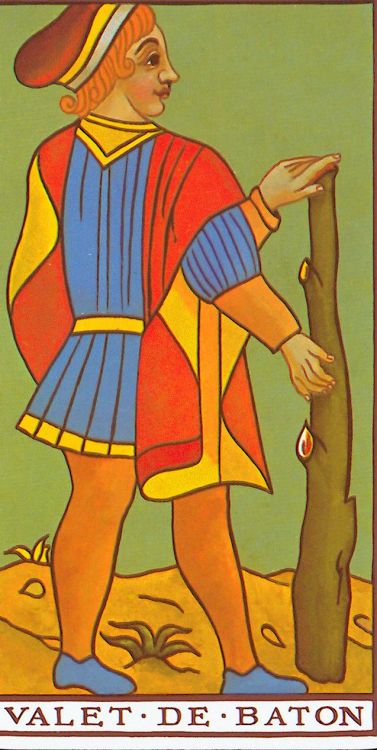

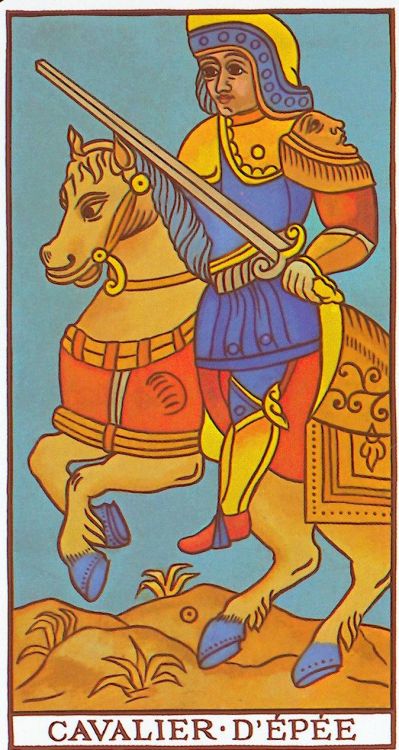
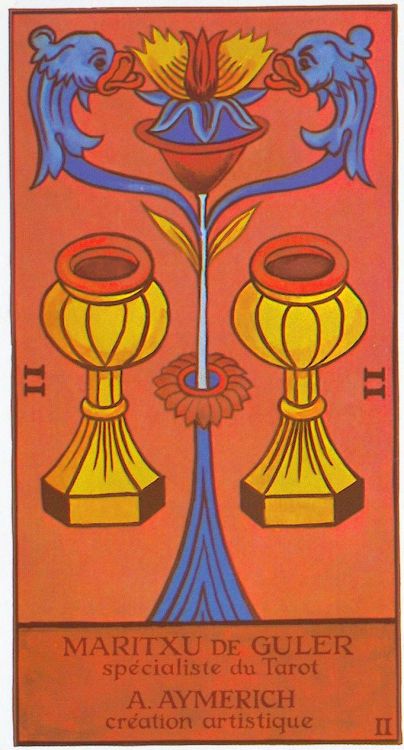
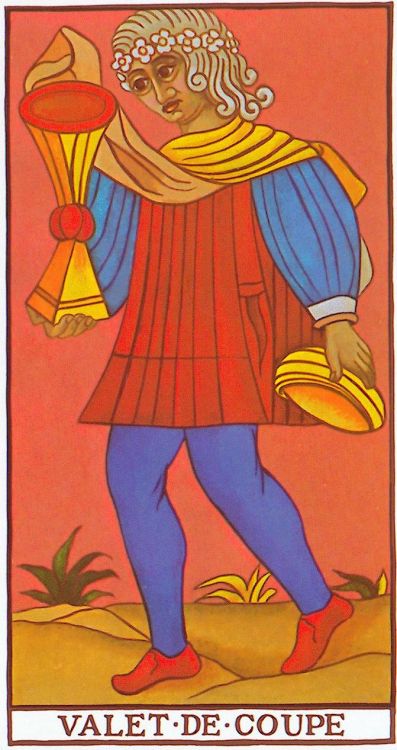
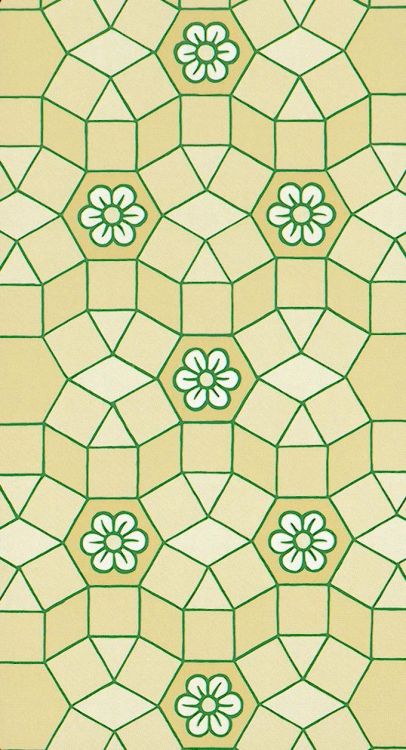
vérifier de quel tarot est censé s'inspirer pous les dessins le fournier : le marteau ou le conver ? deplacer ou non le parapgraphe "Quelques libertés par rapport à la forme canonique" plusieurs langues liste des tirages taille des cartes lien vers grimaud. lien vers conver. The Fournier tarot is thus clearly a copy of The "Ancien (Old) Tarot of Marseille" by Paul Marteau whose colors have been reworked. Rightly, the Spanish publisher has given the opportunity to its collaborators to bring up to date a tarot which marked an era and the spirits, but also fell into obsolescence because of its very limited palette of 5 colors.
The result is rather successful. This tarot is probably a good choice for a beginner, pleasant to look at in its form, and quite respectful of the tradition in its substance. In a similar vein, the Universal Tarot by Bruno de Nys, which also chose very modern colors and illustrations, offers, on the other hand, deeply reworked scenes (as creative as a Rider-Waite-Smith tarot can be) and therefore much less respectful of the standard.
The confirmed practitioner knows that Paul Marteau's tarot has some inaccuracies compared to the canonical form (few details in truth but that it is good to know). Fournier's tarot has these same approximations but this changes very little or not at all the divinatory interpretation of the cards. The tarologist will be able to read with this tarot of Marseilles in order to propose current illustrations to his consultant.
Copyright © TarotQuest.fr